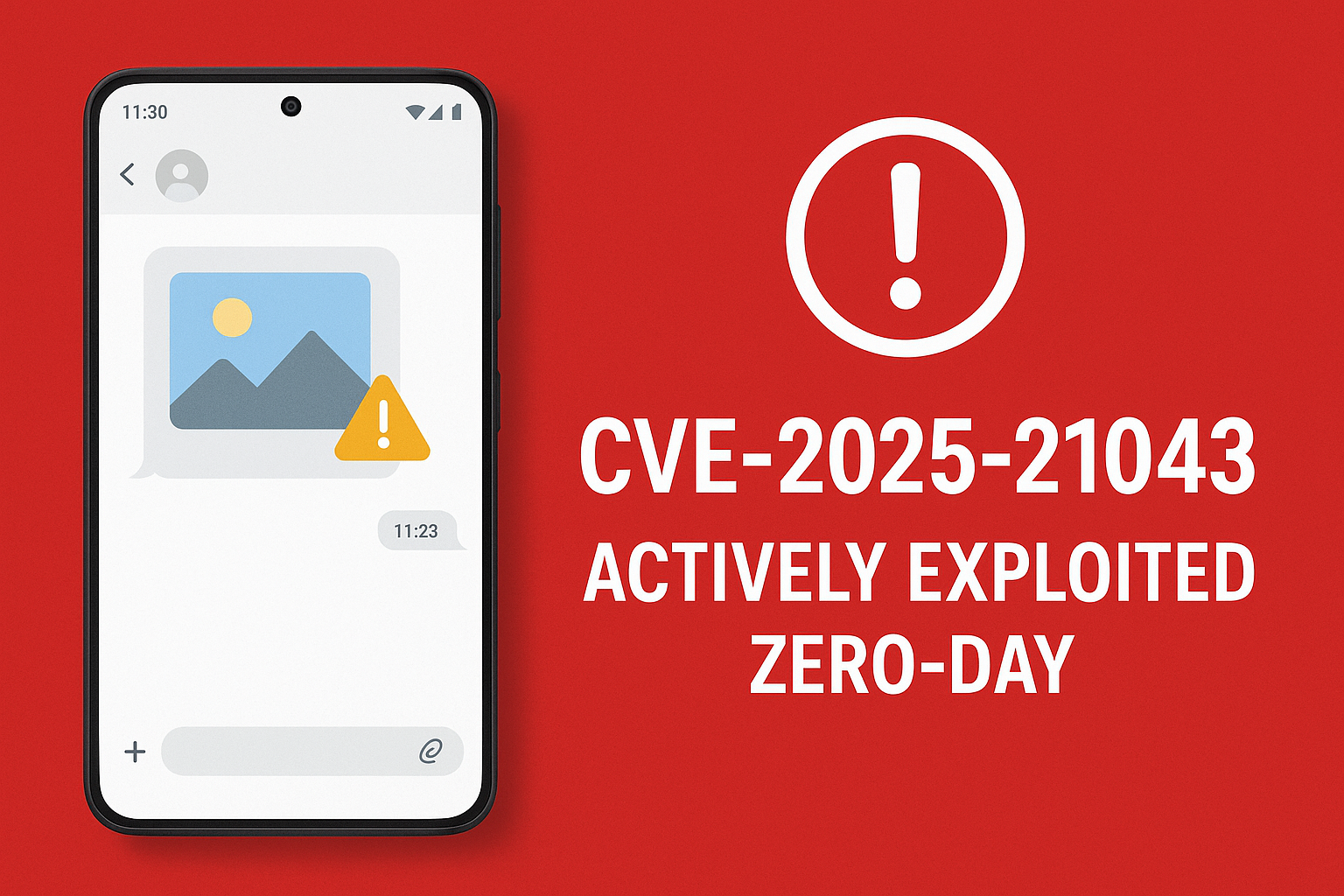

Imagine receiving a harmless-looking meme in a group chat. You don't even need to click "download"—the app automatically generates a preview. In that instant, your phone could be compromised. This is the reality of CVE-2025-21043, a critical zero-day vulnerability embedded in the core of millions of Samsung Galaxy devices. Exploited actively in the wild, it allows attackers to run arbitrary code via specially crafted images.
Rated CVSS 8.8 (High), this vulnerability has significant implications for both individual users and enterprise environments, as image processing occurs constantly across messaging apps, social media platforms, and browsers.
libimagecodec.quram.so —
Samsung's proprietary Quram image codec library.
The Quram image codec is a proprietary library developed by Samsung to handle decoding of various image formats. It offers optimized performance and compression compared to standard Android codecs and is deeply integrated into the system. It's used by Samsung apps (Gallery, Camera) and third-party apps that rely on system media APIs. Its privileged access and widespread integration make it a high-value target for attackers.
Attackers craft malicious images that trigger memory corruption when processed. The ubiquity of image previews in messaging apps (WhatsApp, Telegram, MMS) makes exploitation possible without the user opening the file.
/sdcard/WhatsApp/Media/*, /sdcard/DCIM/*,
/sdcard/Download/*).
.jpg file with
invalid image header).
.dex,
native libraries, or APKs).
logcat entries: Fatal signal,
SIGSEGV, or segfault referencing
libimagecodec.quram.so.
/data/tombstones/.dmesg) showing oops or denied actions around
the same timestamp.
This flaw is not limited to a single app; any application relying on Samsung's APIs or the standard Android MediaPlayer to display images can trigger the vulnerability. The Samsung Android ecosystem acts as a supply chain — a single vulnerability affects millions of devices worldwide.
The flaw may be triggered simply by previewing a message in an app, without the user clicking anything. This zero-click capability is extremely valuable to attackers and dramatically increases the threat level.
These precedents show repeated targeting of media and codec libraries because they are widely used and often process externally supplied data.
CVE-2025-21043 is a high-severity, actively exploited zero-day in Samsung's Quram image codec. Its zero-click potential and broad supply chain impact make prompt patching and focused hunting critical. Security teams should prioritize mobile patching, implement targeted detections for the indicators listed above, and treat mobile devices with the same urgency as servers and desktops.